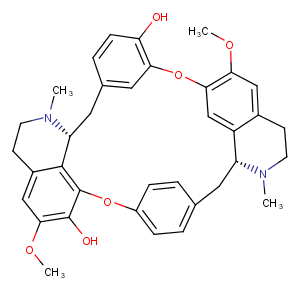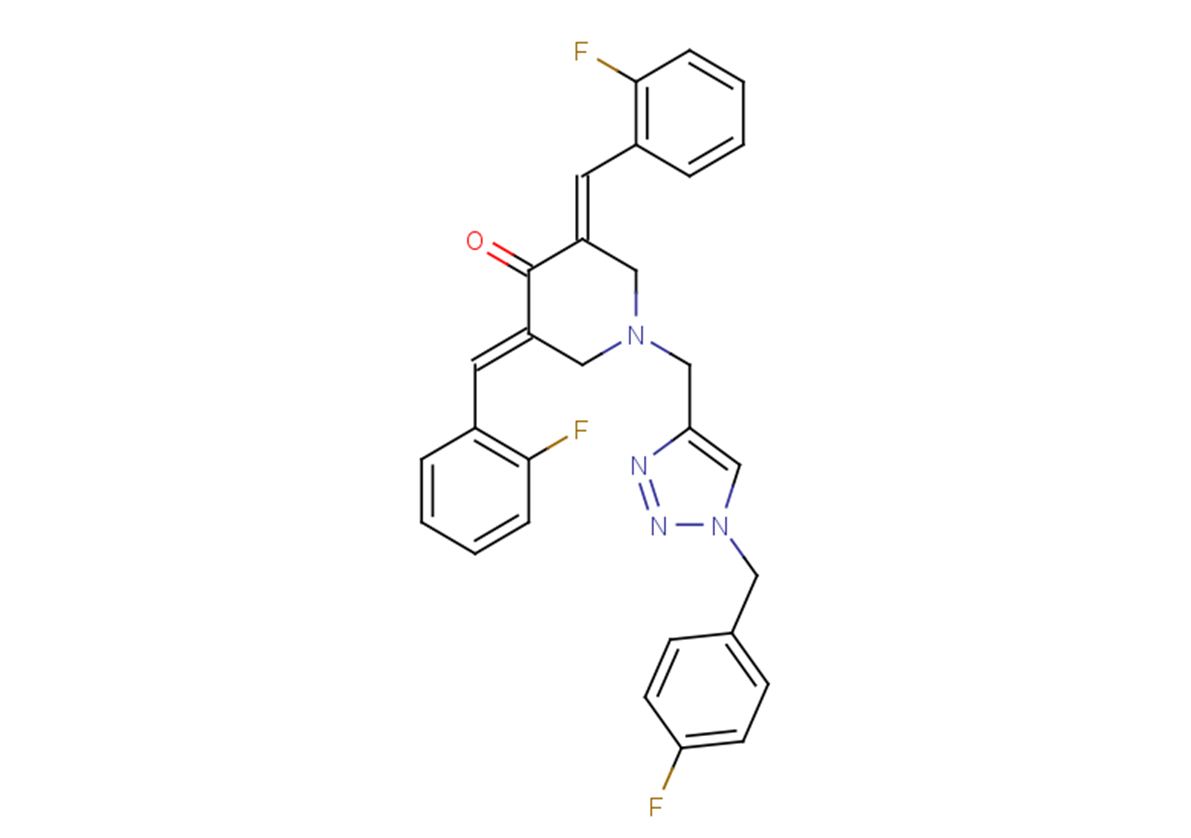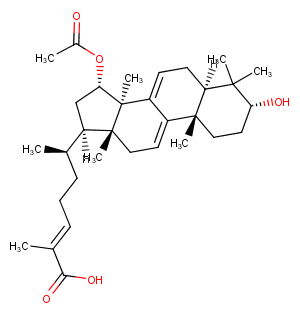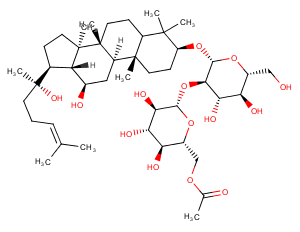The p53 tumor suppressor is a principal mediator of growth arrest, senescence, and apoptosis in response to a broad array of cellular damage. p53 is a short-lived protein that is maintained at low, often undetectable, levels in normal cells. Under stress conditions, the p53 protein accumulates in the cell, binds in its tetrameric form to p53-response elements and induces the transcription of various genes.
MDM-2 is transcriptionally activated by p53 and MDM-2, in turn, inhibits p53 activity in several ways. MDM-2 binds to the p53 transactivation domain and thereby inhibits p53-mediated transactivation. MDM-2 also contains a signal sequence that is similar to the nuclear export signal of various viral proteins and, after binding to p53, it induces its nuclear export. As p53 is a transcription factor, it needs to be in the nucleus to be able to access the DNA; its transport to the cytoplasm by MDM-2 prevents this. Finally, MDM-2 is a ubiquitin ligase, so is able to target p53 for degradation by the proteasome.
In many tumors p53 is inactivated by the overexpression of the negative regulators MDM2 and MDM4 or by the loss of activity of the MDM2 inhibitor ARF. The pathway can be reactivated in these tumors by small molecules that inhibit the interaction of MDM2 and/or MDM4 with p53. Such molecules are now in clinical trials.
| Cat. No. | Product Name | CAS No. | Purity | Chemical Structure |
|---|---|---|---|---|
| KE6638 | (-)-Curine | 436-05-5 | ≥95% |

|
| KE7319 | 7alpha,15-Dihydroxydehydroabietic acid | 155205-64-4 | ≥95% |

|
| KM7798 |
Alrizomadlin
Alrizomadlin (APG-115) 是一种口服活性小分子 MDM2 蛋白抑制剂, 可与 MDM2 蛋白结合,IC50 值和 Ki 值分别为3.8 nM 和 1 nM。Alrizomadlin 可阻断 MDM2 与 p53 的相互作用并且以 p53 依赖性方式诱导细胞周期停滞和凋亡 (apoptosis)。 |
1818393-16-6 | 98% |

|
| KM15374 |
Amifostine
Amifostine (WR2721) 是一种广谱细胞保护剂和辐射防护剂。Amifostine 可选择性保护正常组织免受放射线和化学疗法造成的损害。Amifostine 是有效的 HIF-α1 和 p53 诱导剂。Amifostine 通过清除氧衍生的自由基来保护细胞免受损伤。Amifostine 可降低肾脏毒性并具有抗血管生成作用。 |
20537-88-6 | ≥98% |

|
| KM8509 |
Amifostine thiol
Amifostine thiol (WR-1065) 是细胞保护剂 Amifostine 的活性代谢物。Amifostine thiol 是一种具有辐射防护能力的细胞保护剂。Amifostine thiol 通过 JNK 依赖的信号通路激活 p53。 |
31098-42-7 |

|
|
| KM2545 |
Amifostine thiol dihydrochloride
Amifostine thiol (WR-1065) dihydrochloride 可以保护正常组织免受某些癌症药物的毒性作用,并通过 JNK 依赖性信号通路激活 p53。 |
14653-77-1 | ≥98% |

|
| KE7619 | Benzonitrile, 3,3'-[(2-oxo-1,3-cyclohexanediylidene)dimethylidyne]bis- (9CI) | 63476-70-0 | ≥95% |

|
| KM9512 |
BH3I-1
BH3I-1 是一种 Bcl-2家族 拮抗剂,抑制 Bak BH3 肽与 Bcl-xL 结合,Ki 为 2.4±0.2 μM。BH3I-1 作用于 p53/mDM2,Kd 为 5.3 μM。 |
300817-68-9 | ≥98% |

|
| KE3901 | Boehmenan | 57296-22-7 | ≥95% |

|
| KM19182 |
CBL0137 hydrochloride
CBL0137 hydrochloride 是组蛋白分子伴侣 FACT 的抑制剂。CBL0137 hydrochlorideye 也可以激活 p53 并抑制 NF-κB,对于它们的 EC50 值分别为 0.37 和 0.47 μM。 |
1197397-89-9 | 98% |

|
| KM11890 |
COTI-2
COTI-2,一种具有口服活性的,低毒的抗癌药物,是一种第三代 p53 突变体 (p53 mutant) 的激活剂。COTI-2 通过激活突变型 p53 和抑制 PI3K/AKT/mTOR 途径发挥作用。COTI-2 诱导多种人肿瘤细胞凋亡 (apoptosis)。COTI-2 通过 p53 依赖和非依赖机制在 HNSCC 中具有抗肿瘤活性。COTI-2 将突变型 p53 转化为野生型构象。 |
1039455-84-9 | 98% |

|
| KM18287 |
CP-31398 dihydrochloride
CP-31398 dihydrochloride 在 p53 突变或野生型的癌细胞中,稳定 p53 的活性构象、促进 p53 的活性。 |
1217195-61-3 | 98% |

|
| KE3862 | Cryptomoscatone D2 | 276856-55-4 | ≥95% |

|
| KE7618 | CT-1 | 1983924-33-9 | ≥95% |

|
| KM16212 |
CTX1
CTX1 是一种 p53 激活物,可以克服 HdmX 介导的 p53 抑制。CTX1 在小鼠急性髓系白血病 (AML) 模型中显示出强大的抗癌活性。 |
501935-96-2 | ≥96% |

|
| KM17386 |
DPBQ
DPBQ 以多倍体特异性方式激活 p53 并触发凋亡 (apoptosis),但不抑制拓扑异构酶或结合 DNA。DPBQ 引起 p53 的表达和磷酸化,这种作用是四倍体细胞特有的。 |
7029-89-2 | ≥98% |

|
| KE6153 | ent-11alpha-Hydroxy-15-oxokaur-16-en-19-oic acid | 57719-81-0 | ≥95% |

|
| KM12459 |
Eprenetapopt
Eprenetapopt (APR-246) 是首创的在 TP53 突变细胞中恢复野生型p53功能的小分子。Eprenetapopt 引发肿瘤细胞凋亡。Eprenetapopt 还抑制硒蛋白硫氧还蛋白还原酶 1 (TrxR1)。 |
5291-32-7 | 98% |

|
| KE7112 | Ganoderic acid X | 86377-53-9 | ≥95% |

|
| KE4417 | Ginsenoside Rs3 | 194861-70-6 | ≥95% |

|